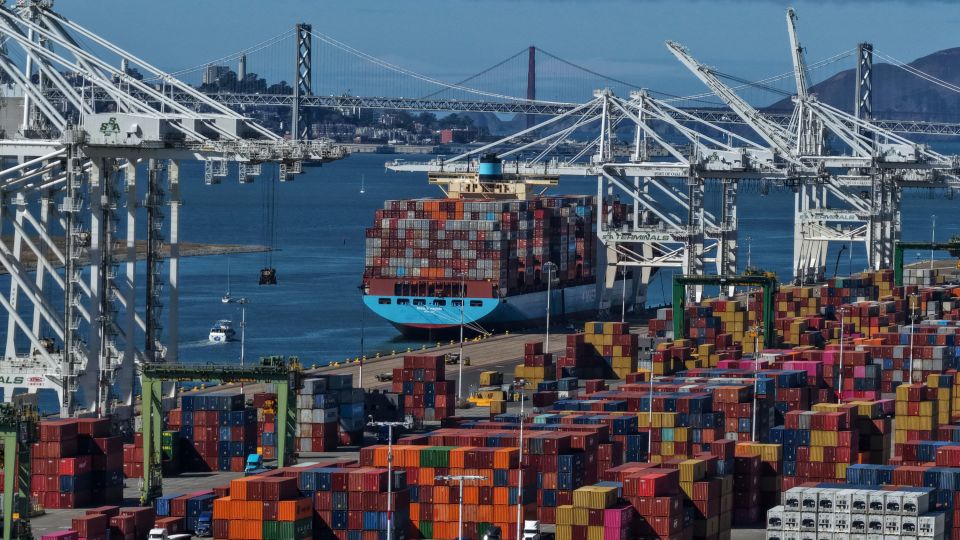What’s riding on the landmark Supreme Court case kicking off this week
In just a few days, the Supreme Court will start hearing arguments in what President Donald Trump is calling “one of the most important cases in the history of our country.”
With the bulk of his tariffs — arguably the cornerstone of his entire economic agenda — in jeopardy, he has floated an unprecedented appearance at the nation’s highest court.
The case will consider whether Trump had the legal authority to impose tariffs by citing a law known as the International Emergency Economic Powers Act (IEEPA).
Trump used those powers to push import tax rates as high as 50% on key trading partners including India and Brazil and as high as 145% on China earlier this year.
A ruling against the president does not mean the sudden cancellation of all tariffs in place, but the outcome could radically reshape Trump’s economic strategy.
Here’s what’s riding on the Supreme Court’s decision:
As of September 23, American businesses have paid nearly $90 billion to cover the IEEPA tariffs being challenged, according to US Customs and Border Patrol data. That’s more than half of the tariff revenue the country collected during the 2025 fiscal year, which ended on September 30.
Earlier this month, Trump said in an interview with Fox Business that if the Supreme Court ruled against him, “we’d have to pay back money” and reimburse companies for the billions of dollars they have already paid.
While the case plays out — and it could go on for several months — businesses will need to keep paying IEEPA tariffs, so the sum of potential refunds will keep growing.
However, it would not be an easy or quick process for businesses to get refunds. It’s also unclear if all businesses that have paid these tariffs would qualify for a refund. The justices would likely make such determinations if they ultimately render Trump’s IEEPA tariffs illegal, trade attorneys told CNN.
The threat of instantly imposing higher tariffs is a key tool Trump has used to pressure countries into entering trade agreements and, in some cases, signing deals with the United States. In exchange, trading partners have committed to increasing purchases of American goods and increasing their investments in American businesses on top of lowering tariffs on American exports.
But all that could be jeopardized if the Supreme Court sides against Trump.
“The IEEPA tariffs have been the basis for countries to reach agreements with the United States, and it is unknown what happens if the IEEPA tariffs no longer can be imposed,” Dave Townsend, a partner in Dorsey & Whitney’s International Trade Group, said in a note last week.



Leave a Comment
Your email address will not be published. Required fields are marked *